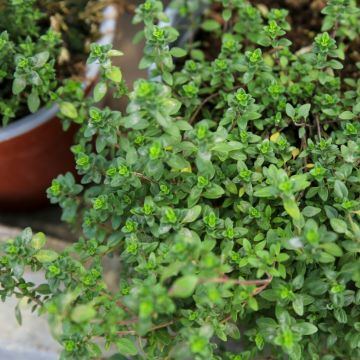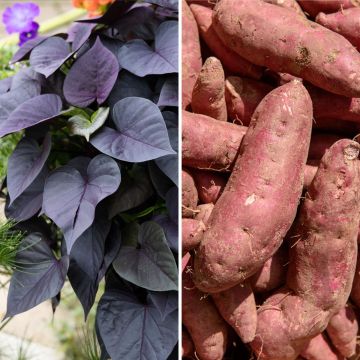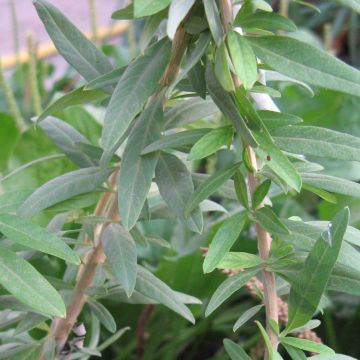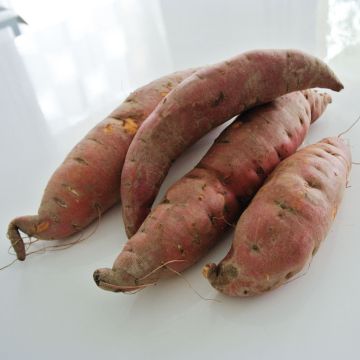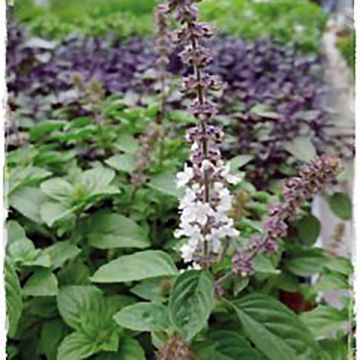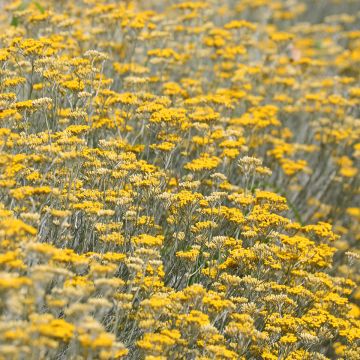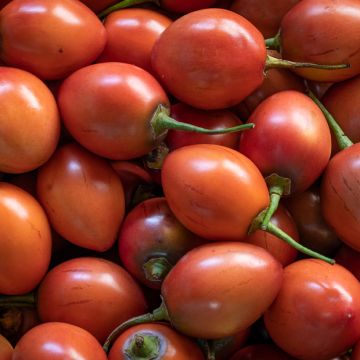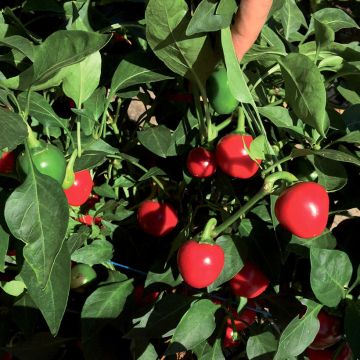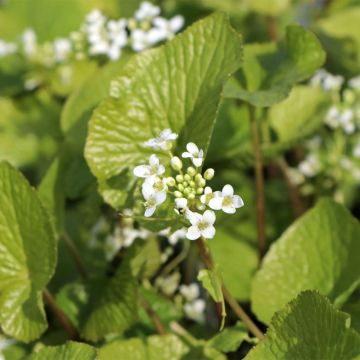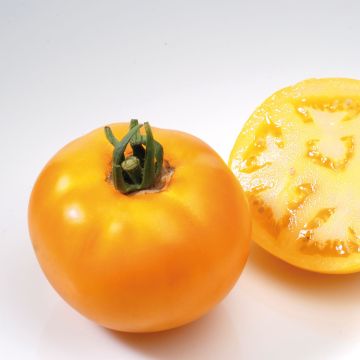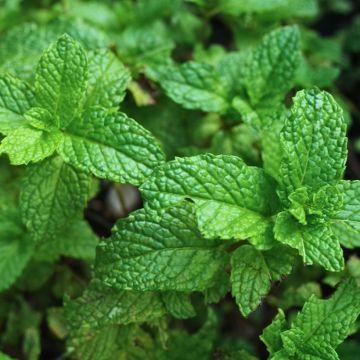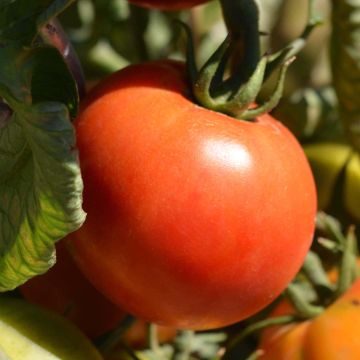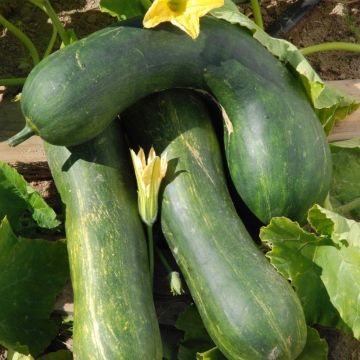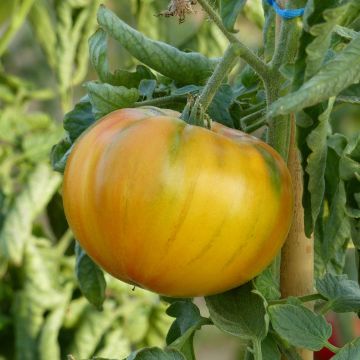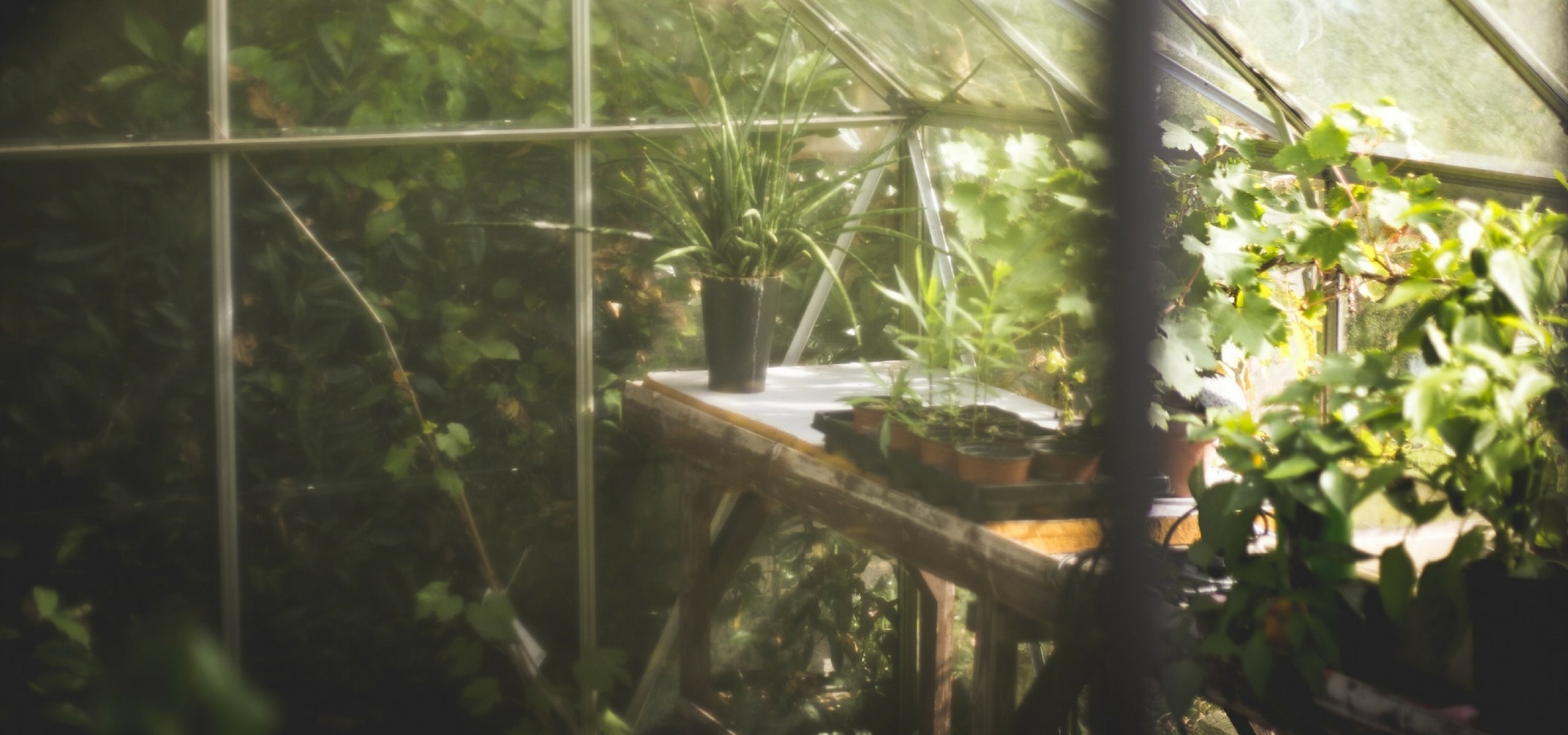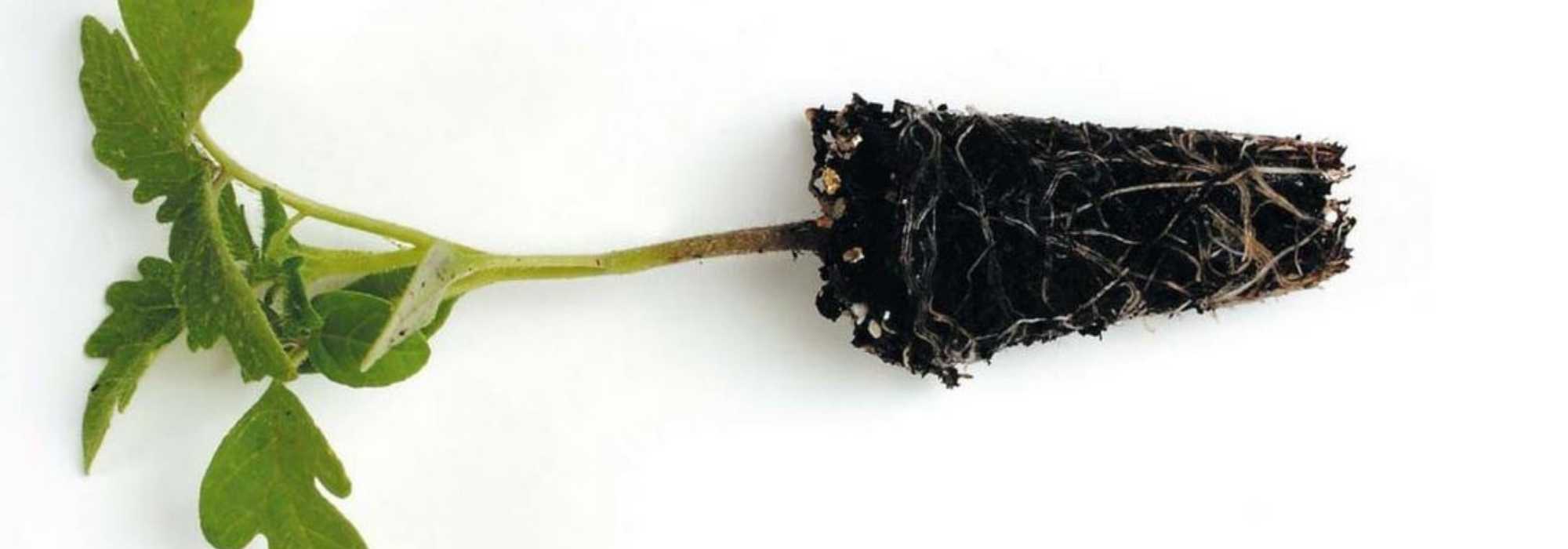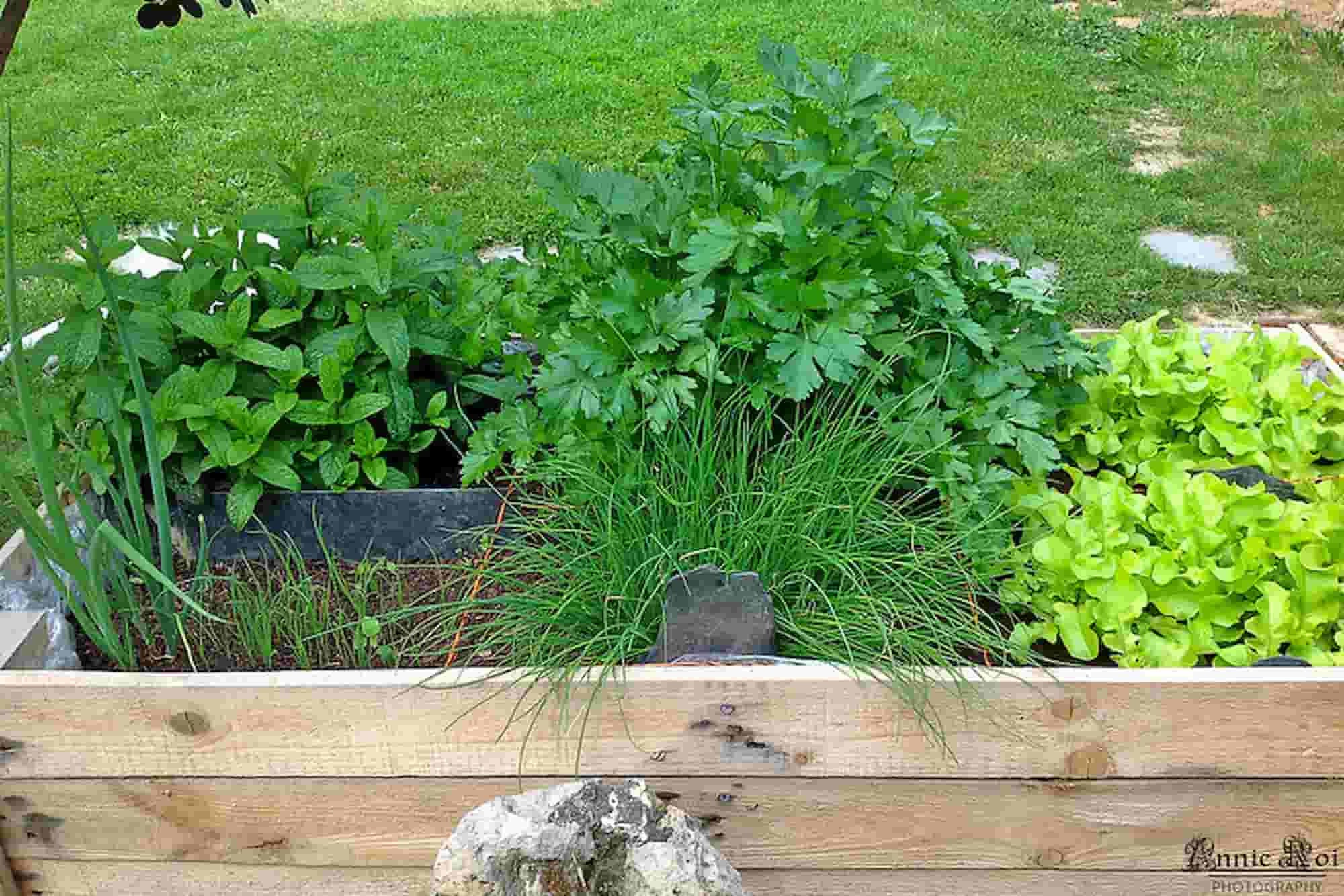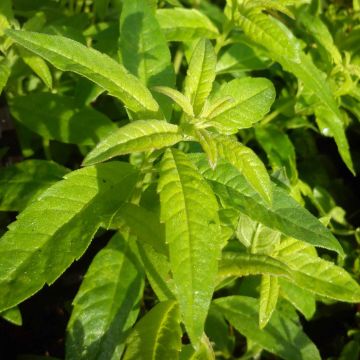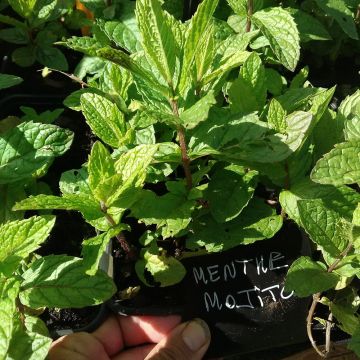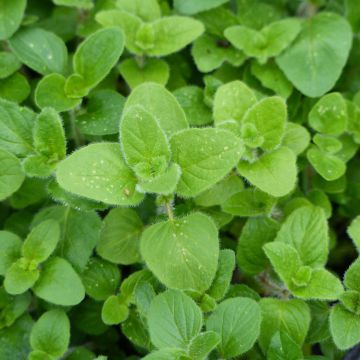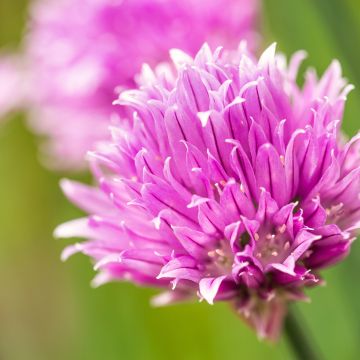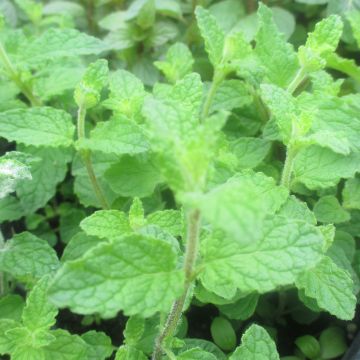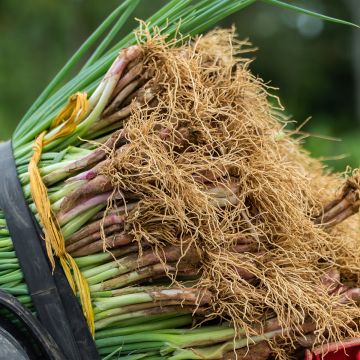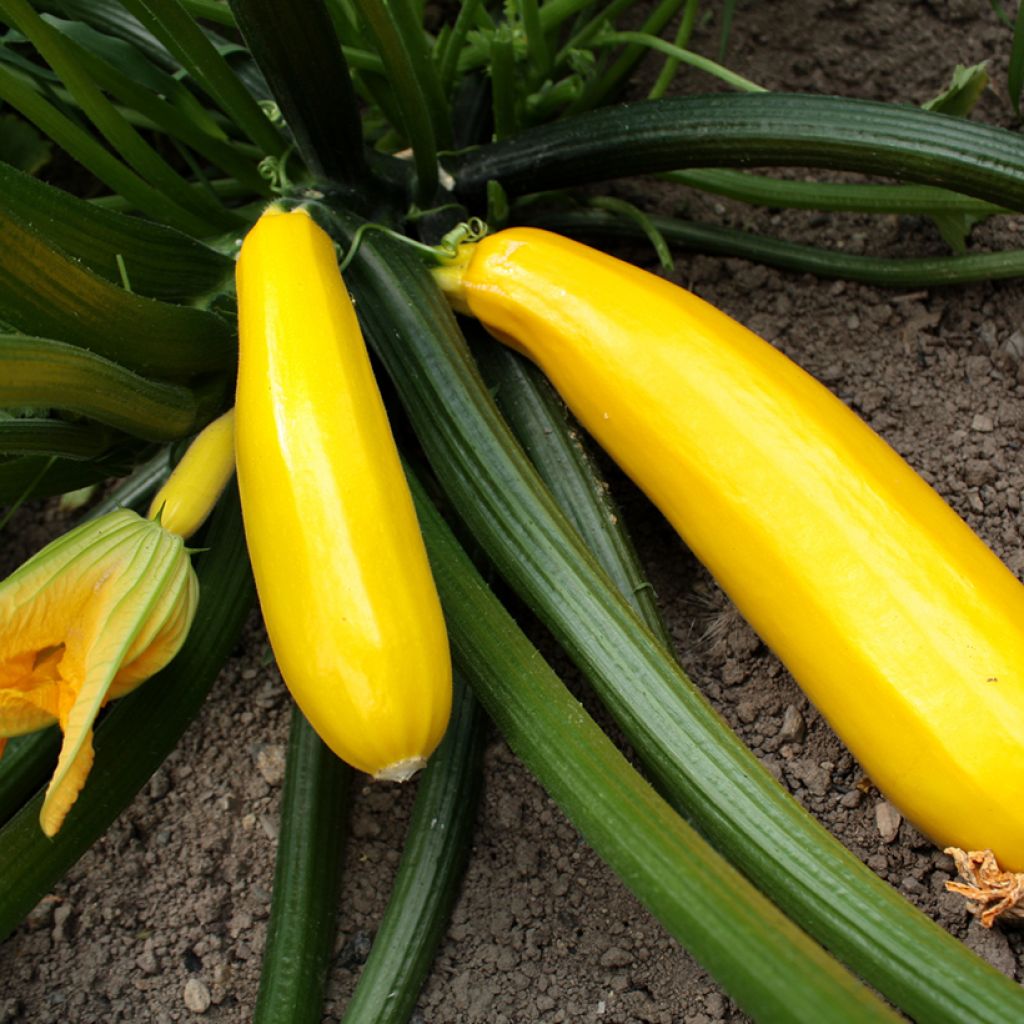

Zucchini Orelia F1 Plants - Cucurbita pepo
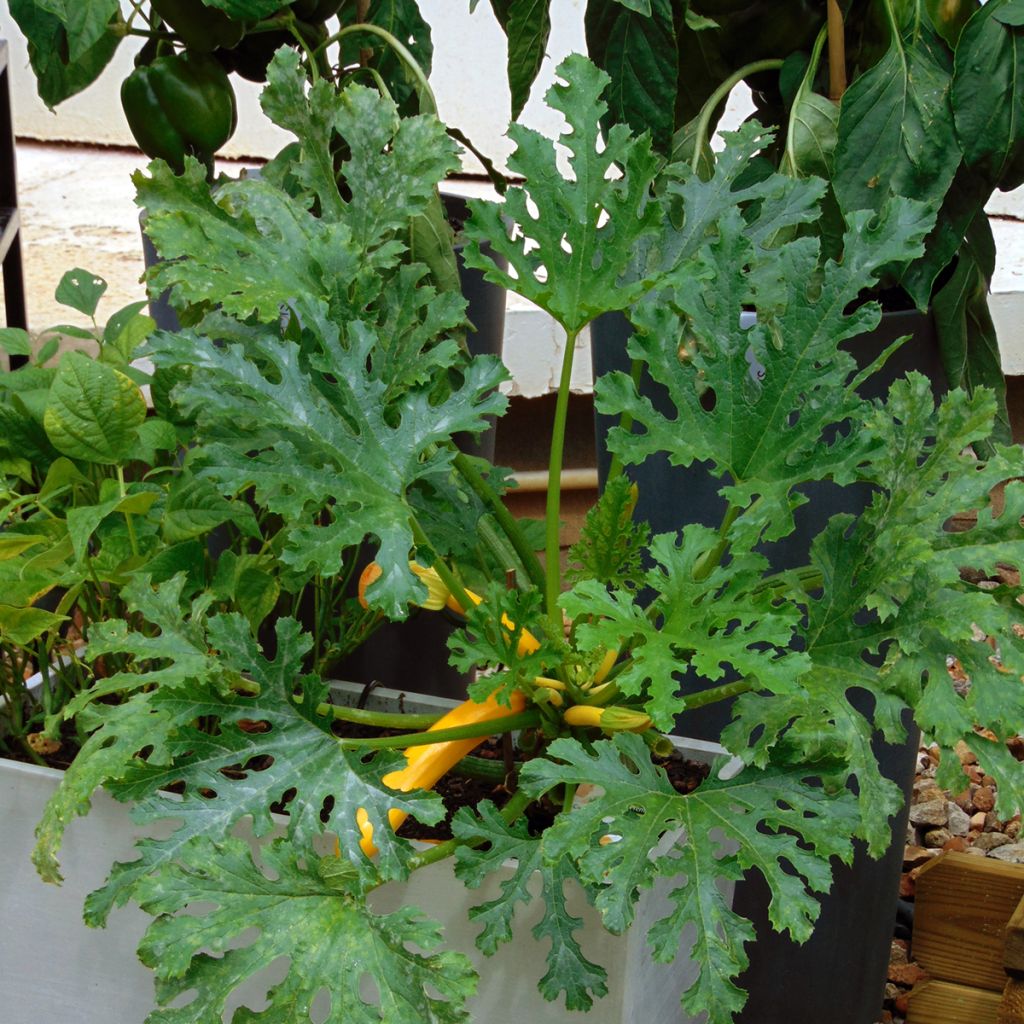

Zucchini Orelia F1 Plants - Cucurbita pepo
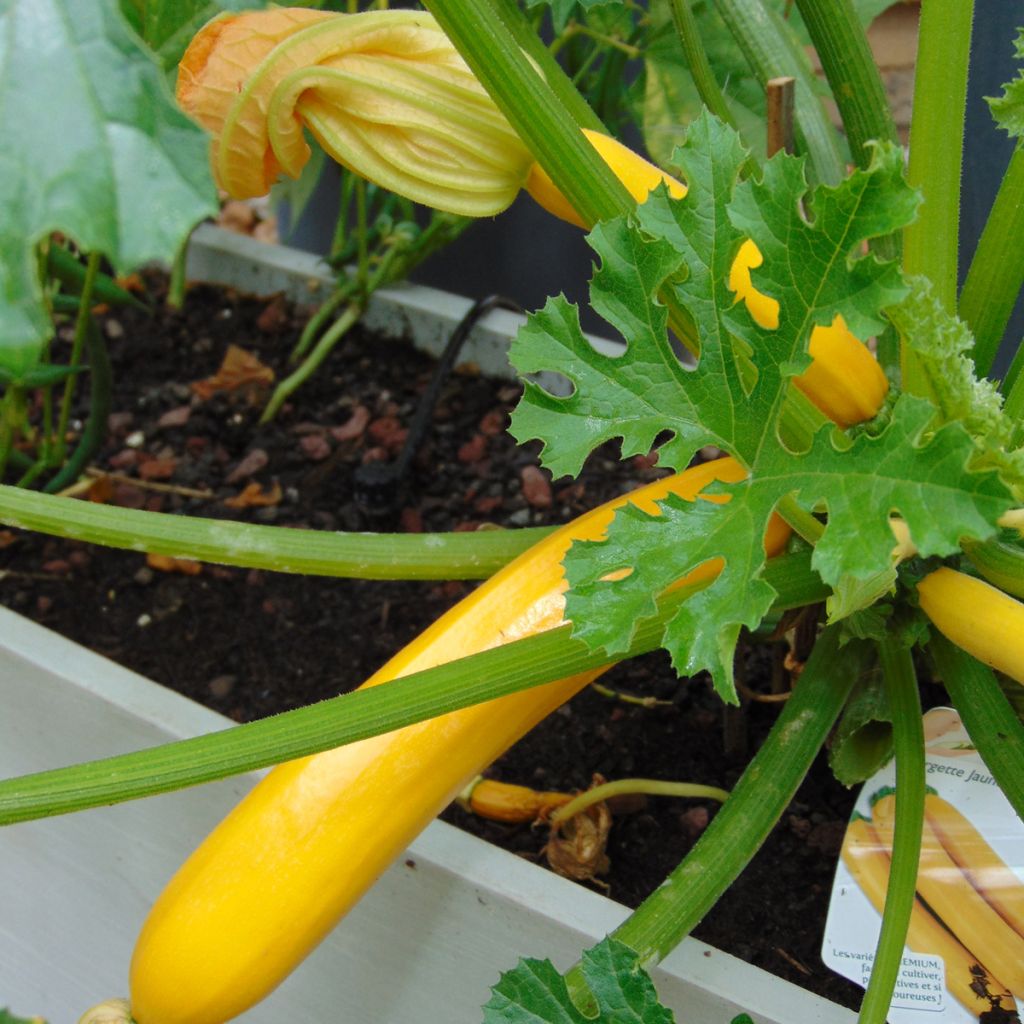

Zucchini Orelia F1 Plants - Cucurbita pepo
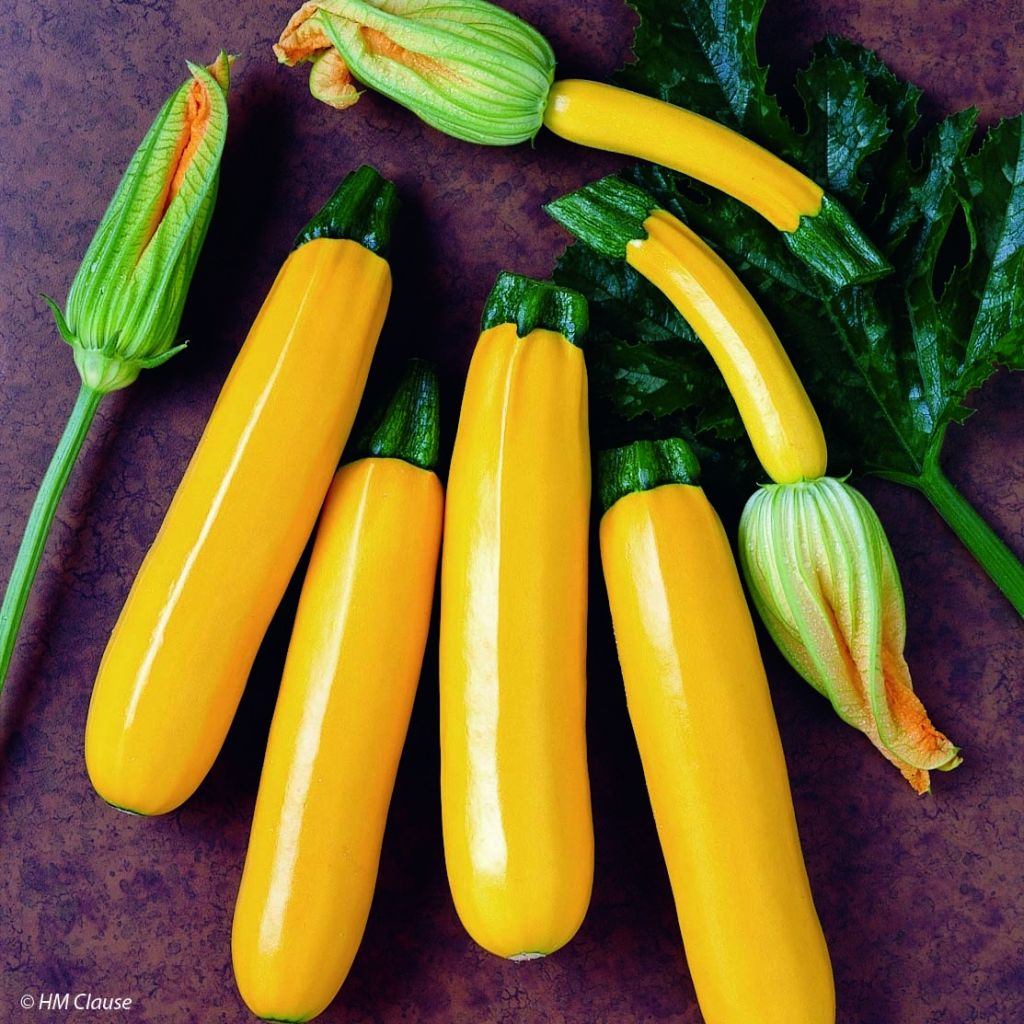

Zucchini Orelia F1 Plants - Cucurbita pepo
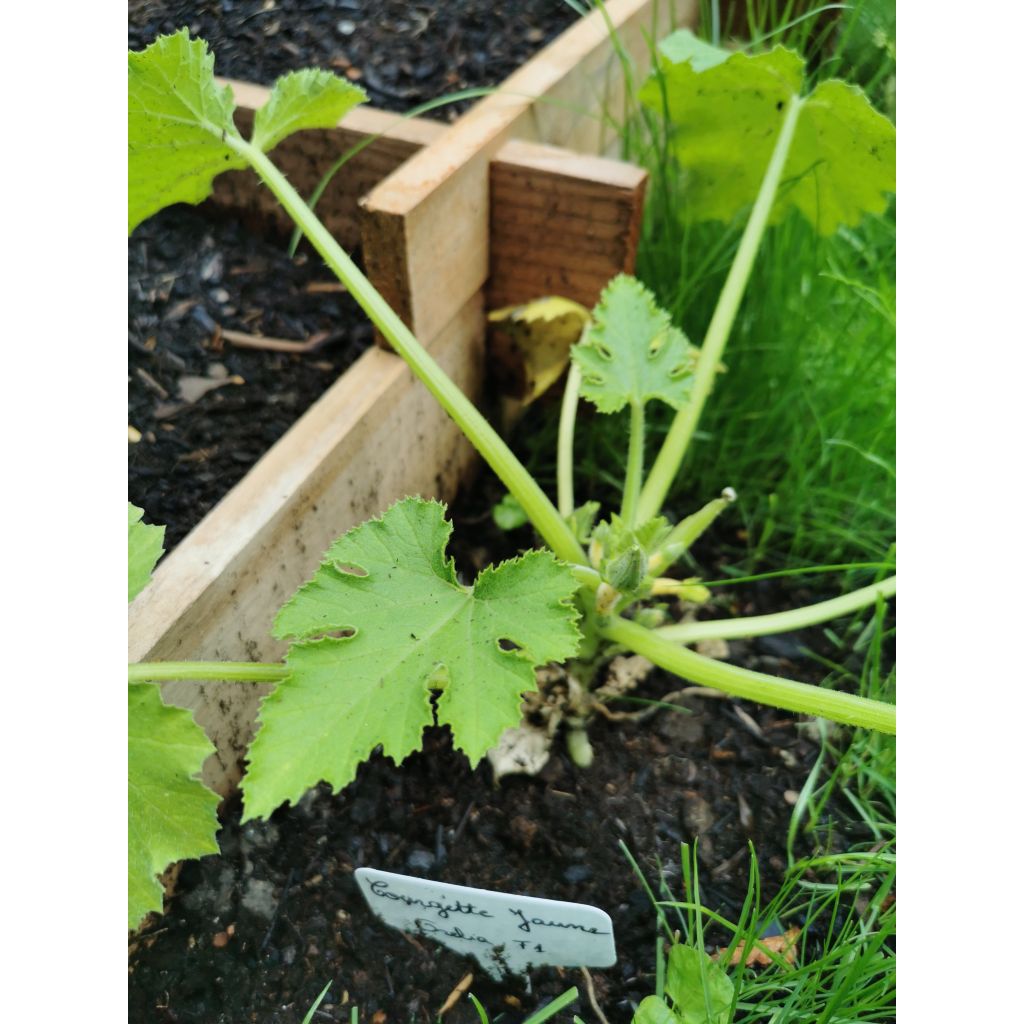

Zucchini Orelia F1 Plants - Cucurbita pepo
Zucchini Orelia F1 Plants - Cucurbita pepo
Cucurbita pepo Orelia F1
Zucchini, Summer Squash
I would have liked to be able to give my opinion on the yellow courgette Orélia F1, but unfortunately I received plants of round courgettes that were good but it's not what I had ordered.
Catherine, 16/11/2023
Special offer!
Receive a €20 voucher for any order over €90 (excluding delivery costs, credit notes, and plastic-free options)!
1- Add your favorite plants to your cart.
2- Once you have reached €90, confirm your order (you can even choose the delivery date!).
3- As soon as your order is shipped, you will receive an email containing your voucher code, valid for 3 months (90 days).
Your voucher is unique and can only be used once, for any order with a minimum value of €20, excluding delivery costs.
Can be combined with other current offers, non-divisible and non-refundable.
Why not try an alternative variety in stock?
View all →This plant carries a 6 months recovery warranty
More information
We guarantee the quality of our plants for a full growing cycle, and will replace at our expense any plant that fails to recover under normal climatic and planting conditions.

Description
The 'Orelia' F1 Courgette is a productive variety of courgettes with yellow skin. Its flesh is tender and has good taste qualities. Highly resistant to diseases, it is easy to grow. Courgettes and squashes are low in calories but rich in vitamins, including provitamin A, vitamin B, and minerals.
Orange, green, red, yellow, black, or even blue, smooth, ribbed, warty, or with tender skin, squashes and courgettes offer us an astonishing variety of shapes, colors, and sizes as they hybridise with disconcerting ease. That's why there are so many varieties. In common language, winter squash refers to all kinds of pumpkins, butternut squashes, and winter squashes with tough skin and delicately sweet flesh. By summer squash or courgettes, we mean the different varieties that are harvested when the skin is still tender. The latter are consumed with the immature seeds inside.
They all originate from the Americas and belong to the large family of cucurbits. They were introduced to Europe in the 16th century. Generally trailing, they cling to any support with their tendrils. Female flowers can be distinguished from male flowers by their inferior ovary (under the flower), which marks them as an embryo of fruit. In many regions, male flowers are harvested after pollination to be eaten stuffed or in fritters. There are multiple ways to consume squashes and courgettes: Sautéed, fried, in gratin, soups, or stuffed. Courgettes are famous in Provençal ratatouille, Italian caponata, Maghrebi couscous, or many emblematic Mediterranean dishes.
Harvest: Squashes should preferably be harvested when fully ripe, unless there is a risk of rotting. In this case, they will finish ripening indoors. Courgettes are harvested young and fresh, still immature. All should be handled with care and remain free from any cuts or bruises.
Storage: Courgettes can be cut into pieces and frozen. Their fragile skin is not suitable for storage as winter squashes are. Winter squashes with tough skin can be stored for several months and consumed throughout the winter. Unlike other fruits and vegetables, they need warmth for optimum storage. There is no need to store them in a dark place, so you might as well store them where their colours and silhouette can be appreciated.
Gardener's tip: Place a slate or a tile under the fruit. It will no longer be in direct contact with the ground, thus avoiding rotting due to humidity. Similarly, they particularly like slightly moist soils. Remember to mulch around the plants, especially during the height of summer. Squashes and courgettes are very susceptible to powdery mildew (a fungal disease that leaves a white fuzz on the surface of leaves). Avoid watering on the leaves or flowers. Associate your squashes with alliums such as chives, onions, or shallots, or with legumes such as beans or peas. On the other hand, the marriage of squash and cucumber may be detrimental to both parties.
Harvest
Plant habit
Foliage
Other Vegetable plants A to Z
View all →Planting and care
The Courgette is cultivated in the sun, in a sheltered place. It is a fairly demanding vegetable that requires well-fertilised soil. It is advisable to make a good addition of mature compost (about 3/4 kg per m2) a few months before planting, by it into the soil to a depth of 5 cm (2in), after having loosened it as for any vegetable cultivation. The Courgette thrives in cool and light soils.
Planting:
Planting in open ground is done from mid-May to mid-July, when the risk of frost is eliminated and the soil is sufficiently warmed up. Space the plants 80 cm (32in) apart. Soak the plants in water for a few moments before planting. Dig a hole 20 cm (8in) in all directions and place fresh organic matter at the bottom. Place the plant, cover with fine soil and firm it down. Water generously.
Maintenance:
Hoe and weed at the beginning of cultivation. We recommend mulching the soil, towards the end of June, with thin successive layers of clippings, preferably mixed with dead leaves. This protection, which keeps the soil moist, also reduces weeding. During cultivation, water regularly and generously (once a week in summer if there is mulching).
Like all cucurbits, the Courgette can be prone to powdery mildew: a white fuzz appears on the foliage. It is advisable to remove severely affected leaves and, if necessary, spray with wettable sulfur every 2 weeks. In case of minor attack, you can also treat the stems with skimmed milk, diluted to 10 to 20% in rainwater. As a preventive measure, avoid watering the foliage. A spray of horsetail decoction can also be applied to strengthen the foliage's resistance.
Finally, you can protect young plants from slugs and snails by placing ashes or coffee grounds nearby, to be renewed after rain.
Trailing varieties need to be pinched. When the plant has 4 or 5 leaves, cut the stem above the first two leaves. Then cut the secondary stems again, after the formation of 3 or 4 fruits.
Cultivation
Care
Intended location
Planting & care advice
-
, onOrder confirmed
Reply from on Promesse de fleurs
Similar products
Haven't found what you were looking for?
Hardiness is the lowest winter temperature a plant can endure without suffering serious damage or even dying. However, hardiness is affected by location (a sheltered area, such as a patio), protection (winter cover) and soil type (hardiness is improved by well-drained soil).

Photo Sharing Terms & Conditions
In order to encourage gardeners to interact and share their experiences, Promesse de fleurs offers various media enabling content to be uploaded onto its Site - in particular via the ‘Photo sharing’ module.
The User agrees to refrain from:
- Posting any content that is illegal, prejudicial, insulting, racist, inciteful to hatred, revisionist, contrary to public decency, that infringes on privacy or on the privacy rights of third parties, in particular the publicity rights of persons and goods, intellectual property rights, or the right to privacy.
- Submitting content on behalf of a third party;
- Impersonate the identity of a third party and/or publish any personal information about a third party;
In general, the User undertakes to refrain from any unethical behaviour.
All Content (in particular text, comments, files, images, photos, videos, creative works, etc.), which may be subject to property or intellectual property rights, image or other private rights, shall remain the property of the User, subject to the limited rights granted by the terms of the licence granted by Promesse de fleurs as stated below. Users are at liberty to publish or not to publish such Content on the Site, notably via the ‘Photo Sharing’ facility, and accept that this Content shall be made public and freely accessible, notably on the Internet.
Users further acknowledge, undertake to have ,and guarantee that they hold all necessary rights and permissions to publish such material on the Site, in particular with regard to the legislation in force pertaining to any privacy, property, intellectual property, image, or contractual rights, or rights of any other nature. By publishing such Content on the Site, Users acknowledge accepting full liability as publishers of the Content within the meaning of the law, and grant Promesse de fleurs, free of charge, an inclusive, worldwide licence for the said Content for the entire duration of its publication, including all reproduction, representation, up/downloading, displaying, performing, transmission, and storage rights.
Users also grant permission for their name to be linked to the Content and accept that this link may not always be made available.
By engaging in posting material, Users consent to their Content becoming automatically accessible on the Internet, in particular on other sites and/or blogs and/or web pages of the Promesse de fleurs site, including in particular social pages and the Promesse de fleurs catalogue.
Users may secure the removal of entrusted content free of charge by issuing a simple request via our contact form.
The flowering period indicated on our website applies to countries and regions located in USDA zone 8 (France, the United Kingdom, Ireland, the Netherlands, etc.)
It will vary according to where you live:
- In zones 9 to 10 (Italy, Spain, Greece, etc.), flowering will occur about 2 to 4 weeks earlier.
- In zones 6 to 7 (Germany, Poland, Slovenia, and lower mountainous regions), flowering will be delayed by 2 to 3 weeks.
- In zone 5 (Central Europe, Scandinavia), blooming will be delayed by 3 to 5 weeks.
In temperate climates, pruning of spring-flowering shrubs (forsythia, spireas, etc.) should be done just after flowering.
Pruning of summer-flowering shrubs (Indian Lilac, Perovskia, etc.) can be done in winter or spring.
In cold regions as well as with frost-sensitive plants, avoid pruning too early when severe frosts may still occur.
The planting period indicated on our website applies to countries and regions located in USDA zone 8 (France, United Kingdom, Ireland, Netherlands).
It will vary according to where you live:
- In Mediterranean zones (Marseille, Madrid, Milan, etc.), autumn and winter are the best planting periods.
- In continental zones (Strasbourg, Munich, Vienna, etc.), delay planting by 2 to 3 weeks in spring and bring it forward by 2 to 4 weeks in autumn.
- In mountainous regions (the Alps, Pyrenees, Carpathians, etc.), it is best to plant in late spring (May-June) or late summer (August-September).
The harvesting period indicated on our website applies to countries and regions in USDA zone 8 (France, England, Ireland, the Netherlands).
In colder areas (Scandinavia, Poland, Austria...) fruit and vegetable harvests are likely to be delayed by 3-4 weeks.
In warmer areas (Italy, Spain, Greece, etc.), harvesting will probably take place earlier, depending on weather conditions.
The sowing periods indicated on our website apply to countries and regions within USDA Zone 8 (France, UK, Ireland, Netherlands).
In colder areas (Scandinavia, Poland, Austria...), delay any outdoor sowing by 3-4 weeks, or sow under glass.
In warmer climes (Italy, Spain, Greece, etc.), bring outdoor sowing forward by a few weeks.






























